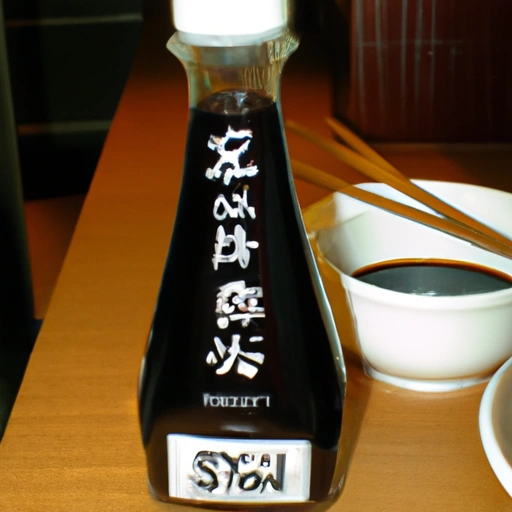Light Soy Sauce
Description

Light soy sauce is a thin, light-brown liquid condiment, brewed from a mixture of soybeans, wheat, water, and salt. It is fermented for a period of time and then strained and bottled. This sauce is prevalent in Asian cuisine and is known for its savory, umami flavor, which enhances the taste of a variety of dishes. It's lighter in color and saltier compared to its counterpart, dark soy sauce.
In terms of measurements, light soy sauce is typically used in recipes by the tablespoon or teaspoon in American units, milliliters (ml) or liters (l) in European units, and occasionally by the cup (8 fluid ounces in US measurement, or about 237 ml). In recipes, you might see quantities such as '1 tablespoon (15 ml)', '2 teaspoons (10 ml)', or '1/4 cup (60 ml)'.
Common uses
Light soy sauce is mainly used as a seasoning or marinade in cooking, as well as a dipping sauce or condiment at the table. It is also utilized in salad dressings and to enhance the flavor of soups and stews.
Nutritional value
Calories
A typical serving of light soy sauce (1 tablespoon or approximately 15 ml) contains about 8 calories.
Protein
Light soy sauce contains about 1 gram of protein per tablespoon (15 ml).
Fat
There is a negligible amount of fat in light soy sauce, with less than 0.1 gram per tablespoon (15 ml).
Carbohydrates
Carbohydrates in light soy sauce amount to about 1 gram per tablespoon (15 ml).
Vitamins
Whilst not a significant source of vitamins, light soy sauce may contain small amounts of some B vitamins due to the fermentation process.
Minerals
Light soy sauce is rich in sodium, providing around 879 mg per tablespoon (15 ml). It may also contain trace amounts of other minerals like potassium and phosphorus.
Health benefits
The fermentation process of light soy sauce can produce beneficial compounds and antioxidants. It may also aid digestion due to the presence of certain microorganisms.
Potential risks
Due to its high sodium content, excessive consumption of light soy sauce could lead to increased blood pressure and other heart-related issues. It's also not suitable for those with soy or wheat allergies or celiac disease due to the presence of wheat in most varieties.
Common recipes
Light soy sauce is commonly used in stir-fries, marinades for meats, dressings for salads, and as a dipping sauce for sushi and dumplings.
Cooking methods
It is a versatile ingredient that can be used in both cooking and as a finishing sauce. While cooking, it's often used early in the process to season and color the food.
Pairing with other ingredients
Light soy sauce pairs well with a variety of flavors, such as garlic, ginger, sesame oil, and rice vinegar. It complements chicken, beef, seafood, and vegetables equally.
Summary
Light soy sauce is a diverse and essential ingredient in Asian cuisine, valued for its ability to impart a rich, savory flavor to a myriad of dishes. Its versatility in cooking methods and pairings makes it a staple in many kitchens around the world. When using light soy sauce, consider both its nutritional benefits and potential risks, particularly regarding its sodium content. As a cultural artifact that has stood the test of time, light soy sauce continues to be a cherished component in the culinary arts.